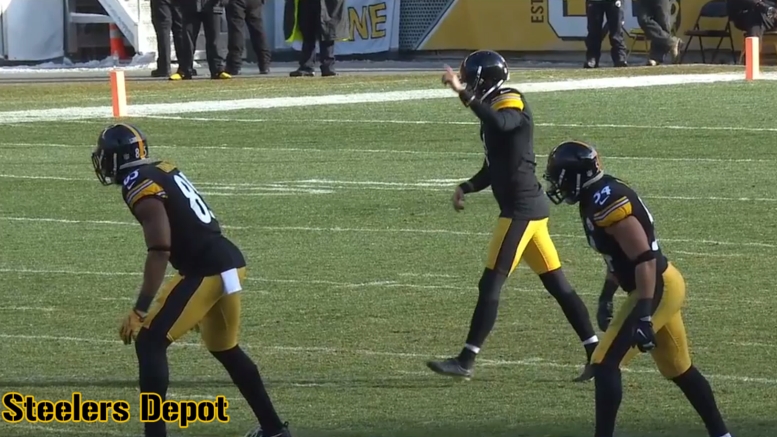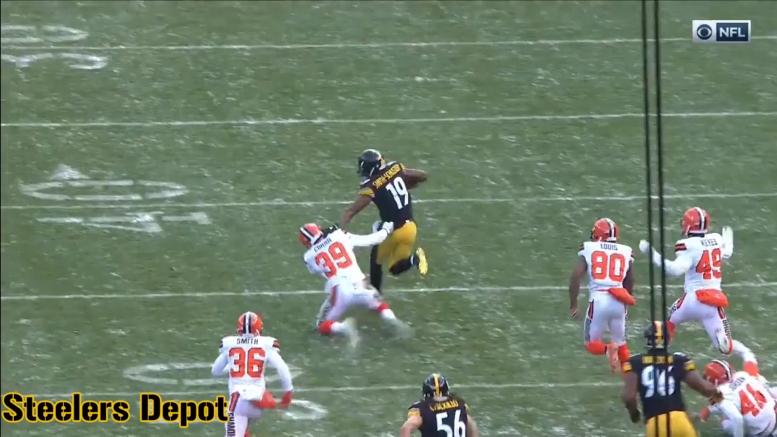As I have been talking about for the past two weeks, the league’s owners used this time to meet up once again in Atlanta to tie up some loose ends for the offseason, the most notable bit of which was to approve or deny the sale of the Carolina Panthers from Jerry Richardson to soon-to-be-former Pittsburgh Steelers minority owner David Tepper.
There were also some rule changes on the docket, which we were warned about heading out the door of the Annual League Meeting back in March, but I don’t think anybody at the time was really expecting the league to be able to take serious action in time for the 2018 season.
Well, as of yesterday, they have. The new kickoff rules were approved and will take effect this year, though they will be reevaluated next offseason. In other words, they are not yet permanent, though it’s rare that a rule has been put in place on a trial basis and not eventually become permanent.
Following today’s vote at the @NFL Spring League Meetings, here’s everything you need to know about the new kickoff rules for the upcoming 2018 season. The rule will be reevaluated next offseason. pic.twitter.com/YubLyMBR4g
— NFL Football Operations (@NFLFootballOps) May 22, 2018
Here’s a summary of all the changes to the @NFL kickoff rule for 2018 — see how they compare to the previous rule. pic.twitter.com/4R4aK5sZwK
— NFL Football Operations (@NFLFootballOps) May 22, 2018
Here is a rundown of the changes under the new rules:
– The kickoff team must have five players on either side of the placekicker. Previously, only four were required to be on either side, meaning that they could have an imbalanced look.
– Members of the kickoff team must line up no more than one yard behind the restraining line (where the ball is placed when kicked). They were previously allowed a five-yard window to get off to a running start.
– At least two players are required to line up outside the numbers, and two more between the numbers and the hash marks. Previously, only three players were required to line up beyond the hash marks, with only one of those required to be outside the numbers.
– The receiving team may only have three players outside of the ‘setup zone’, which under normal circumstances would mean between the 45-yard line of their opponents and their own 40-yard line. Eight of the 11 players must be in that zone. Previously, the only requirement was that all players be behind the restraining line (normally the kicking team’s 45-yard line).
– All wedge blocks have been eliminated, and only players within the setup zone can engage in a double-team block. Previously, two-man wedges were still permitted, and anybody could participate in a double-team block.
– No players on the receiving team may cross the restraining line or block within the setup zone until the ball is touched by the receiving team or hits the ground. Previously, there were no such restrictions once the ball was kicked.
– If the receiving team does not touch the ball and it touches the receiving team’s end zone, it will automatically be a touchback. Previously, a player on the receiving team would have the opportunity to pick up the ball and return it if they so chose. The ball would have to be downed to result in a touchback.







